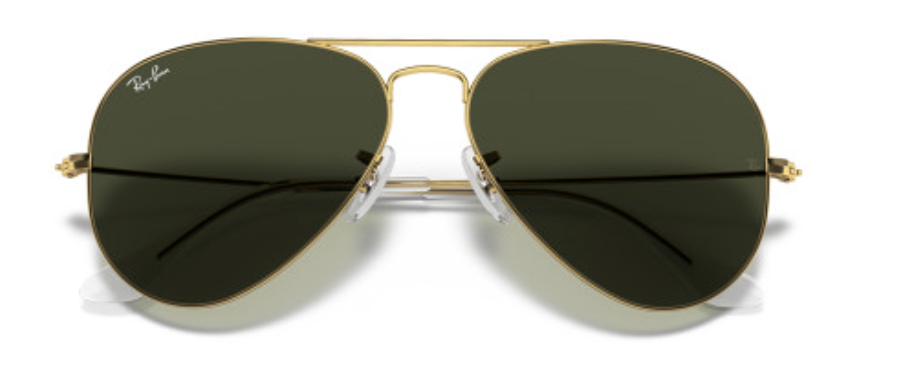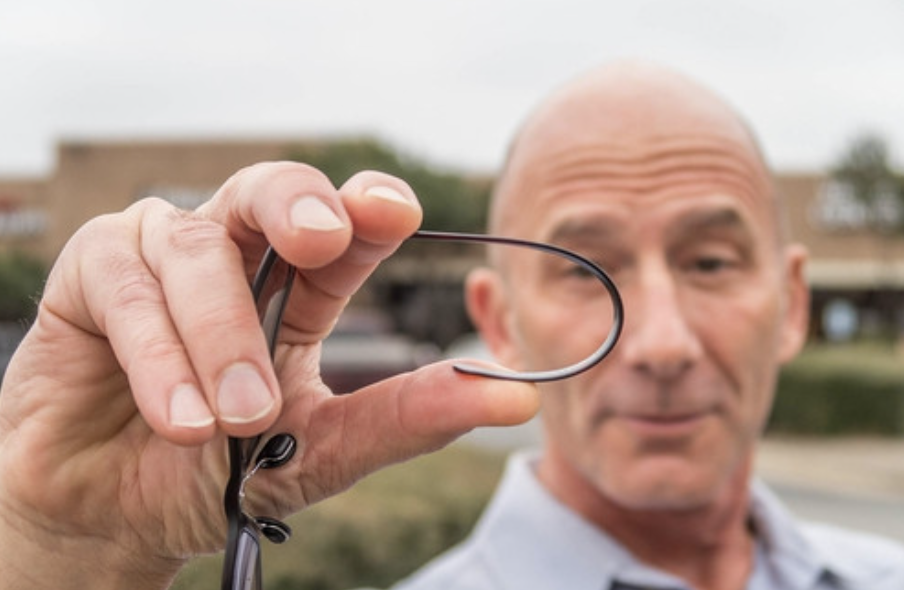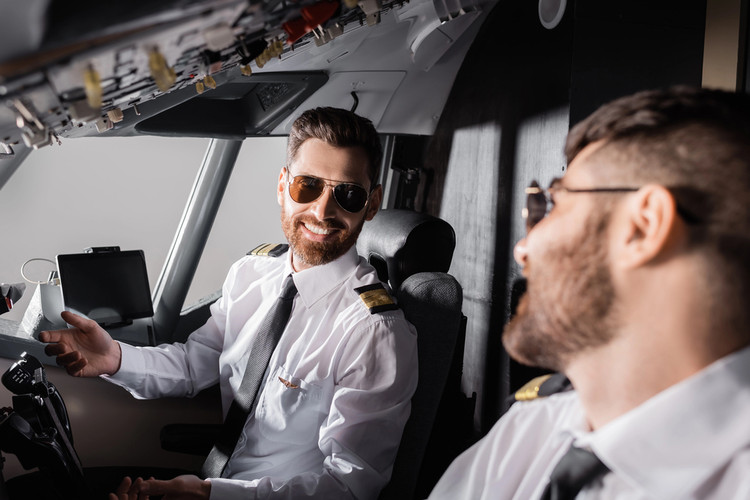Posted by Richard G. on Sep 16th 2025
When you think of a pilot, chances are the image includes a crisp uniform, a confident demeanor, and a classic pair of aviator sunglasses. But aviators aren’t just a stylish accessory; they serve an important purpose in aviation safety and comfort. Pilots rely on their sunglasses to protect their eyes, reduce fatigue, and enhance visibility in the cockpit. Let’s explore why aviators are so popular among pilots and the key features that make them effective.

Function Meets Style: Why Aviators Were Designed for Pilots
Flying often means exposure to brighter UV rays and glare that can cause fatigue, reduce visibility, and even harm vision over time. Aviator-style sunglasses became popular among military pilots in the 1930s when Ray-Ban created sunglasses for pilots who needed protection from intense sunlight at high altitudes. Their oversized, teardrop-shaped lenses offered broad coverage, shielding the eyes from every angle.
Today, aviator-style sunglasses remain a cockpit essential, blending timeless style with practical performance. Modern pilots still favor styles like Ray-Ban Aviators, Serengeti sunglasses, and Flying Eyes eyewear. These brands provide excellent protection while being specifically designed for cockpit use.

Why Thin Temples Matter
One of the most overlooked details in pilot sunglasses is the temple design. Traditional thick arms on sunglasses can break the seal of an aviation headset, letting in noise, creating feedback on ANR Headsets, and reducing comfort during long flights. That’s why many pilot sunglasses feature thin temples; they slide under headset ear cups without creating pressure points or sound leaks.
Brands like Flying Eyes specialize in ultra-thin, flexible temples, making them a favorite among aviators who need all-day comfort.

Non-Polarized vs. Polarized Sunglasses
Aviation sunglasses are almost always non-polarized. While polarization reduces glare on the ground, it can interfere with cockpit instruments, especially glass displays and digital screens. Polarized lenses may create rainbow effects, distort visibility, and make it harder to read LCD or LED instruments, clearly a risk no pilot can afford.
Instead, pilots prefer neutral, non-polarized lenses that preserve clarity while still offering UV protection and contrast enhancement. Serengeti sunglasses are a popular choice, known for their photochromic lenses that automatically adapt to changing light conditions.
Can Pilots Wear Polarized Sunglasses?
This leads to a common question: Can pilots wear polarized sunglasses?
The short answer: It’s not recommended.
Polarized lenses can interfere with cockpit instruments and digital displays, making them harder to read. Non-polarized lenses, on the other hand, provide glare reduction without compromising visibility of vital avionics.
That’s why most pilot-preferred eyewear brands, like Ray-Ban, Serengeti, and Flying Eyes, offer non-polarized options designed specifically for aviation use.
Choosing the Right Pair
When selecting sunglasses for flying, pilots look for a few key features:
- Full UV protection for eye safety at high altitudes
- Thin temples for headset comfort
- Non-polarized lenses for instrument clarity
- Lightweight frames for long-duration wear
At the end of the day, aviators aren’t just about looking the part; they’re about performing their best in the skies. The right pair not only enhances comfort but also ensures safety in the cockpit.
Final Approach
Aviators have become iconic, but for pilots, they are far more than a style statement. With practical features tailored for aviation, like thin temples, UV protection, and non-polarized lenses, these sunglasses are essential gear.
Explore the best options from Ray-Ban, Serengeti, and Flying Eyes to find the perfect pair for your next flight.

